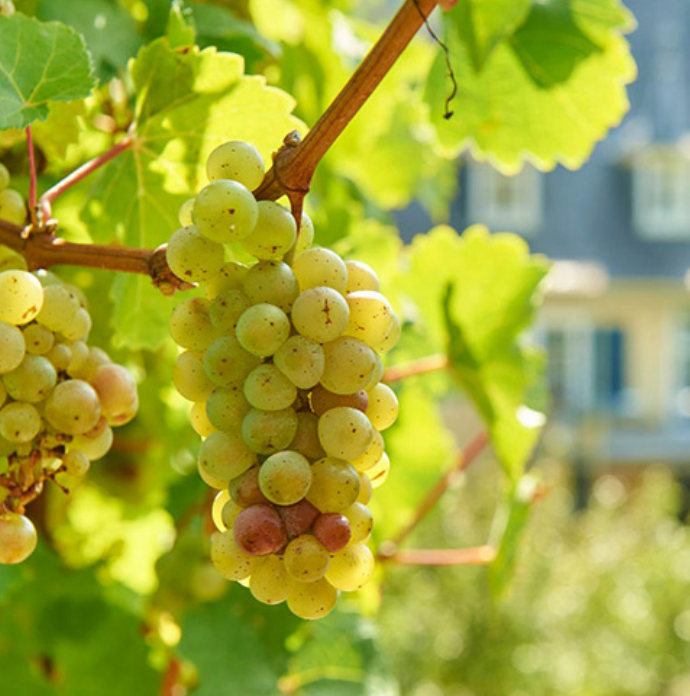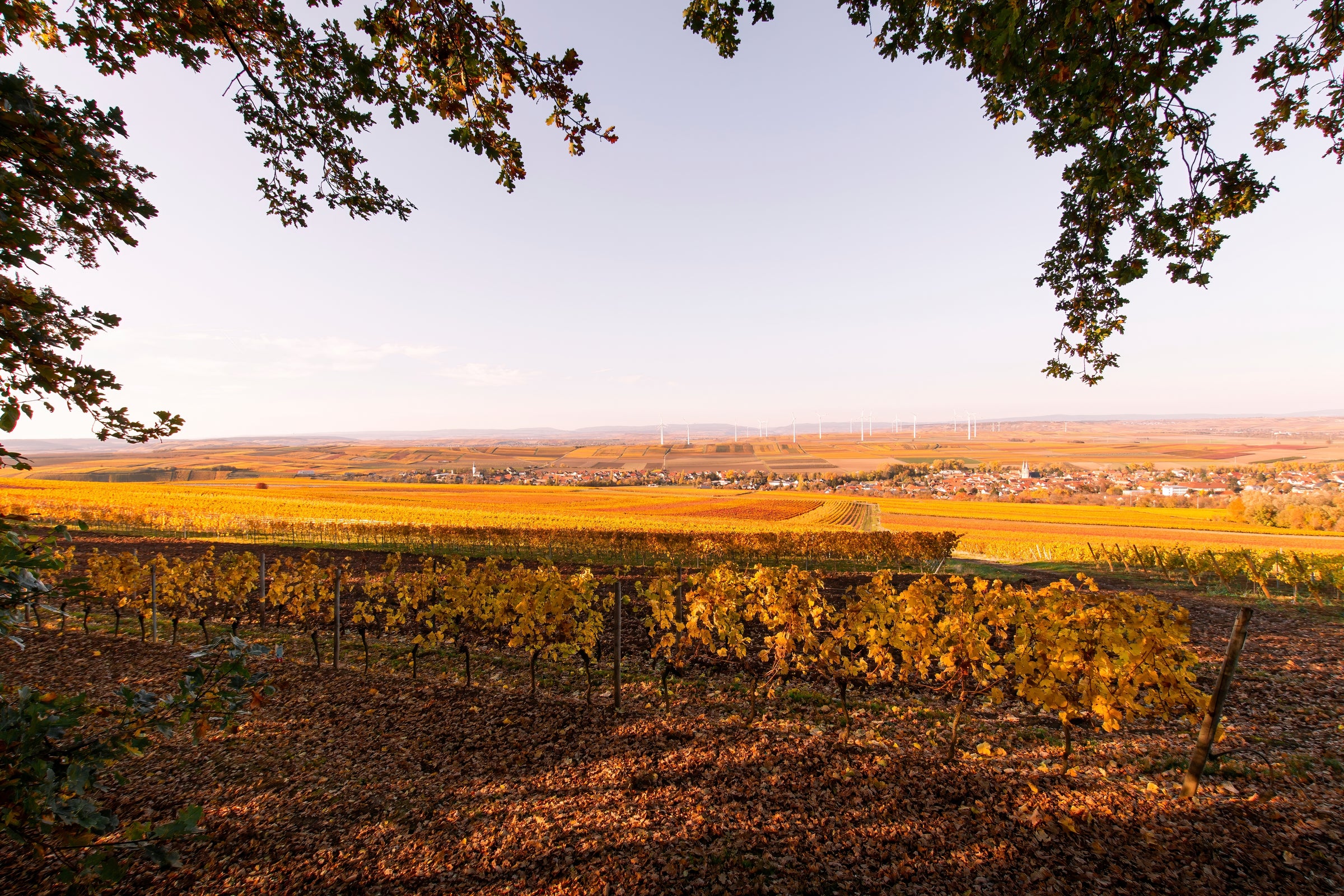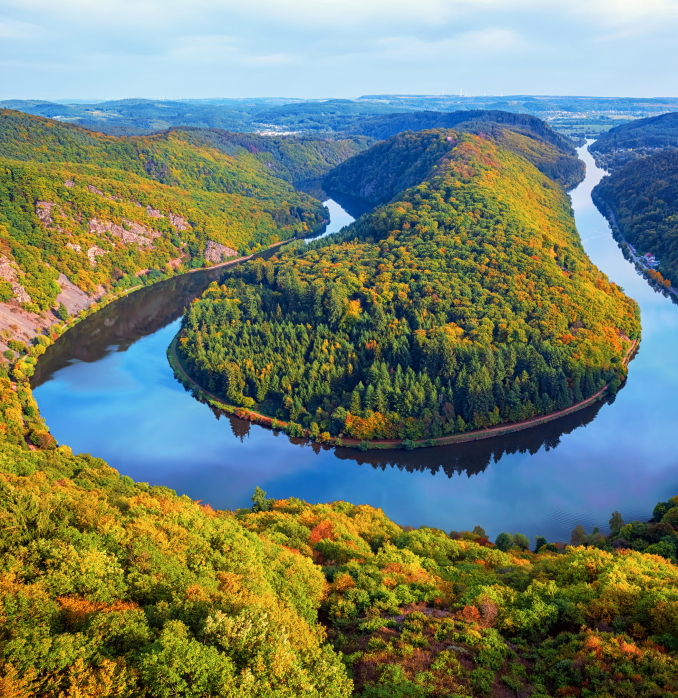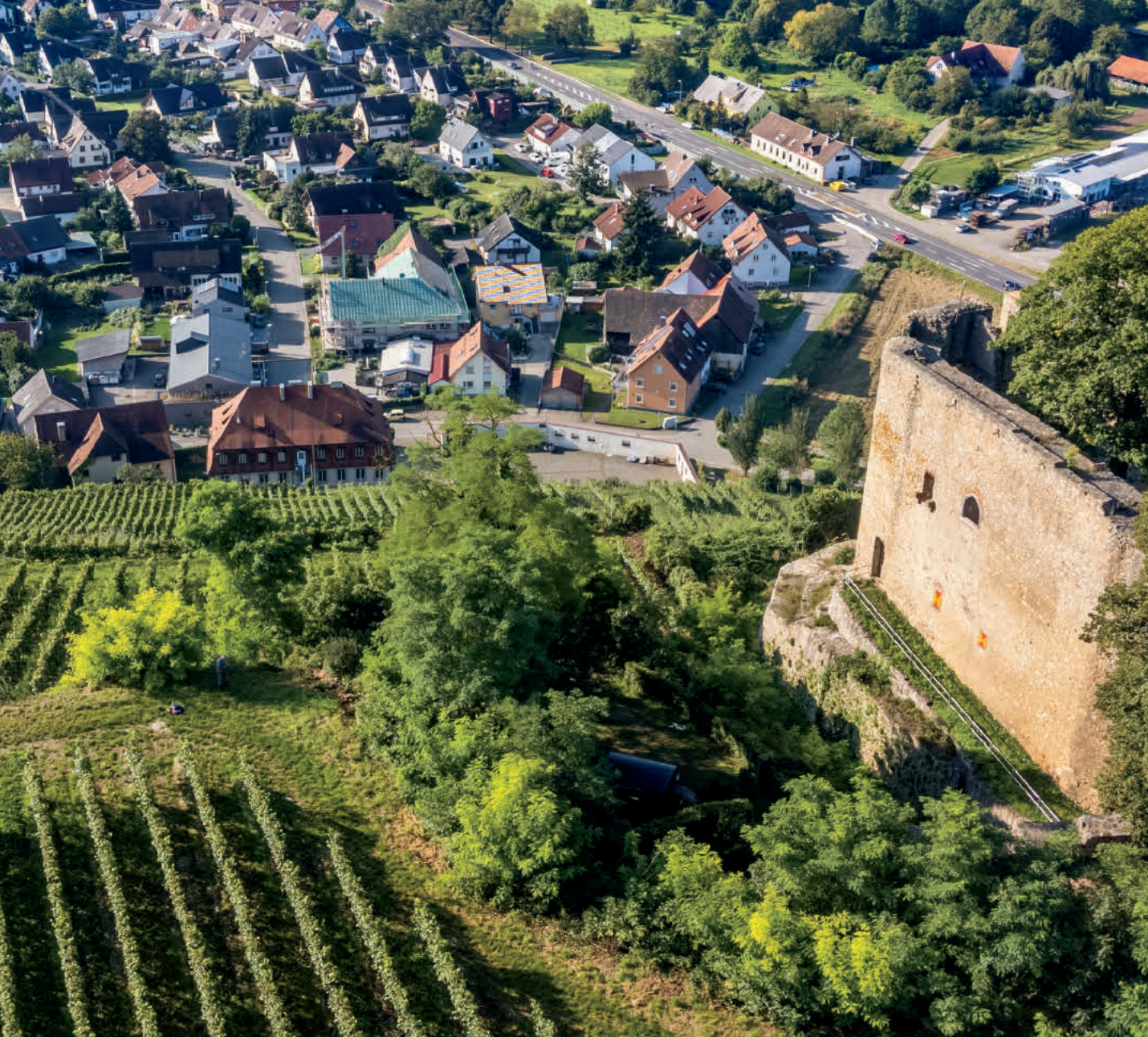We’ve thrown a lot of darts at the wine map this year and Germany has been the bullseye time and time again. I couldn’t be happier: Drinking fine Riesling is one of the greatest sybaritic pleasures imaginable. Drinking fine Riesling
with age is an ethereal, almost indescribable, experience. And then you have rare instances like today’s heart-stopping nectar, where you must march back nearly 50 years to arrive at the origin of this Riesling Auslese from Kreuznacher Krötenpfuhl.
This cellar-direct, SommSelect exclusive isn’t from any run-of-the-mill year, either: 1971 is simply legendary—one of those unicorn years that will always be widely regarded as one of Germany’s greatest-ever vintages. And if stored to perfection, like today’s wine, it shines with superlative tension, opulence, and integrated sugar that seamlessly blends into the background. As mentioned in past offers, touring Anheuser’s cellars and uncorking perfectly stored wines from their subterranean collection will be an everlasting memory for me, but it was highlighted by this half-century-old, off-dry (though you wouldn’t guess it) Riesling. One impossibly fresh taste lingers for minutes and one bottle with close friends will be remembered for a lifetime. This ancient artifact was exclusively brought in for you, and even at just three bottles per person, it will disappear in an instant. Good luck, and may the Happy Holidays continue!
The Anheusers are steeped in wine history, tracing their ancestry in the village of Bad Kreuznach to the 1600s. They’ve been here so long, they’re considered to be the very first in the entire Nahe region to plant vineyards solely to Riesling. But despite their extensive track record, their operation remains a humble one, and is still entirely staffed by family. They have also built a fine reputation in the Nahe for stockpiling vintages in their cellar, as today’s stunningly old offer so clearly illustrates. Paul Anheuser’s Kreuznacher vines have been in his family’s possession for many generations and today’s single vineyard, “Krötenpfuhl,” is where they produce top-quality sweet wines like auslese, beerenauslese, and the fabled trockenbeerenauslese (TBA).
The Krötenpfuhl vineyard, classified as a Grosse Lage (equivalent to a Grand Cru), has been called by the same name for nearly 190 years and is among the Nahe’s most classic sites. It faces south with a moderate slope and gravelly loam soils that extend to the Nahe River just a short walk below. The Anheuser family sustainably tend to their hillside vines and meticulously hand pick their crop. In their winery, grapes undergo a cool, long fermentation in their vaulted cellars and are subsequently aged in large oak casks. After bottling, they were sent to rest in their deep cellar for 46 years. The bottles have only moved twice: Once in the mid-2000s when they were re-corked, and once again two months ago, as they made their way to our warehouse.
[Note: While the front label, which was freshly applied before it was shipped, reads 750ml, the bottle itself is actually 700ml. Pre-1977, this was the standard for most wines around the Rhine!]
Paul Anheuser’s 1971 displays a highly reflective, deep yellow-gold color, and putting your nose anywhere near the glass will cause an impulsive smile to emerge. If you’ve ever enjoyed a bottle of Riesling—any bottle—this will blow you away. It has the energy and youth of a college graduate combined with the wisdom and complexities of an elder. It bursts with high-toned perfumes of acacia, honeysuckle and honeycomb, yellow apples, orange essential oil, lemon curd, yellow peaches, white mushroom, wet slate, mango peel, crushed stones, and lightly layered damp herbs. It would be the blind-tasting ‘call’ of a lifetime to put this in 1971, let alone the 70s—the amount of freshness is astounding, and it’s only further confirmed on the mouthwatering palate. It’s a medium, medium-plus bodied stunner with rich textures and wonderful, light-on-its-feet weight thanks to a blend of high acid, candied and ripe fruits, and classic German Riesling minerality. We couldn’t find an exact number for the residual sugar, but trust me when I say that will be the last thing on your mind. Thanks to nearly 50 years of aging, high acid, rich fruit, and chiseled minerality, only a kiss of savory sweetness is evident at the tip of your tongue on the finish. When enjoying, do so around 50-55 degrees in all-purpose white stems and be sure to have your absolute favorite wine friends over—this is a special bottle that only comes around once in a very rare blue moon. I also recommend stowing a couple away and and consuming in 2030 and 2040. Even after all this time, it still has fresh legs!
The pairings for this wine are limitless: a complex main course, a fruit-based dessert, a plate of mature cheeses, or entirely on its own! If I had to suggest just one dish, I would prepare this amazing lobster noodles recipe. The slight sweetness and deep complexity in the old Riesling plays off the sweetness in the lobster sauce. We cook this every few months at my house and it’s always accompanied with off-dry Riesling—rarely is matched with a bottle of this magnitude. Enjoy!






